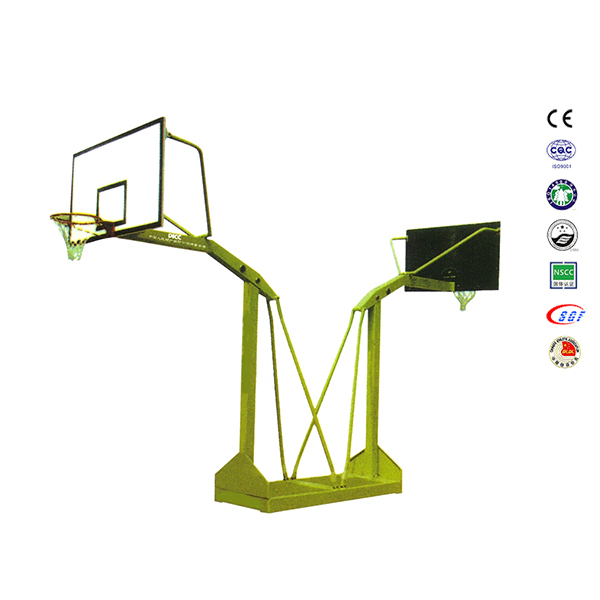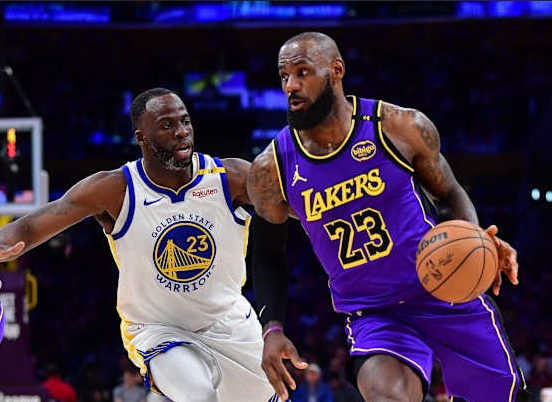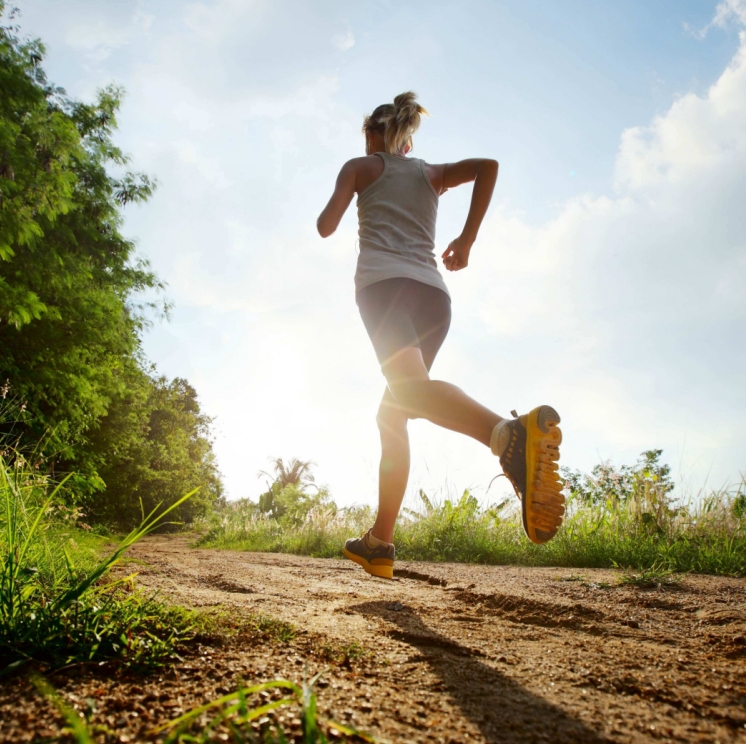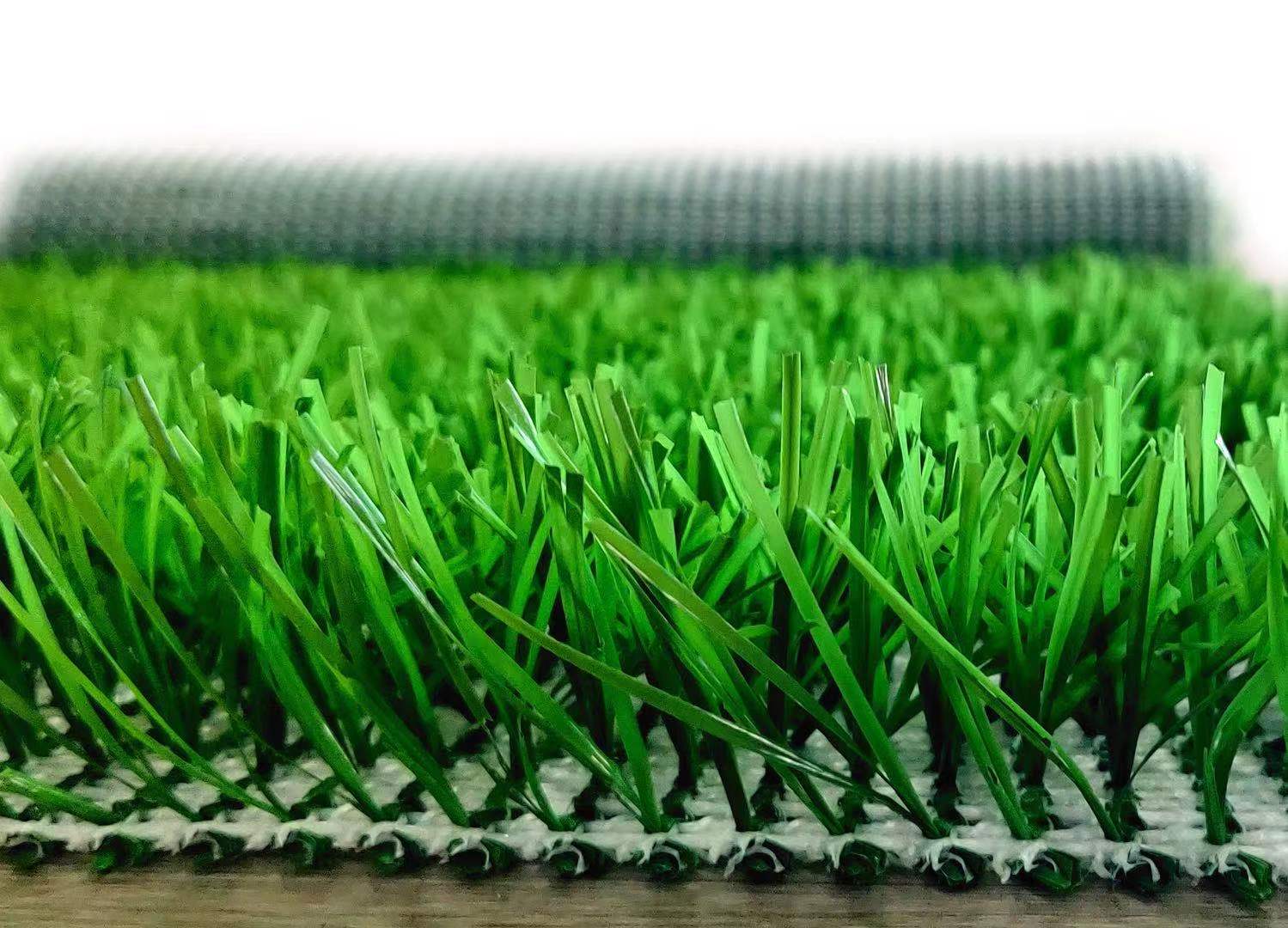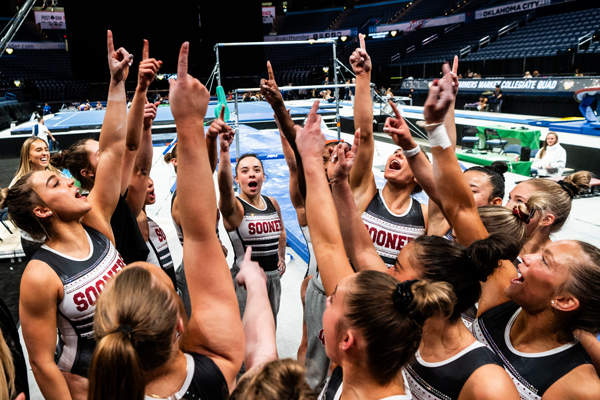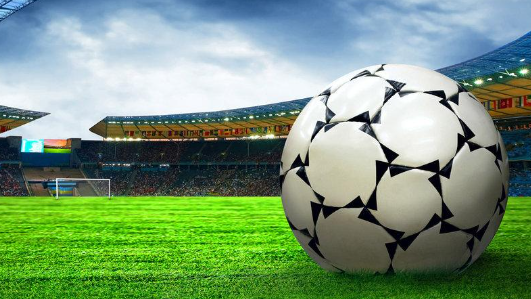Product
Soccer training skills and drills
Basic Info
Experience movement practice (there is no limit to the number of people, even one person can practice): usually two people form a group, throwing and topping each other; If it's a person, they can throw a ball towards the wall and practice on their own head. The other key points are the coherence of swinging and swinging movements, as well as the coordination of the body.
Basic technical movements: 2-3 people can form a group, and the focus is on coordinating, connecting, and accurately performing movements. Accuracy is the key to practice, as there are too many uncertainties on the court, so try to find the accuracy of the combination of person and ball as much as possible.
Passing and shooting should be combined with actual combat, and there can be various forms of organization, such as organizing small fields for practice. After all, practice makes perfect, and the focus is mainly on applying results.
01. Basic football practice methods:
Passing a ball with one foot first involves receiving the ball, followed by adjustment and observation. Afterwards, the mind makes a decision and the action involves passing the ball to another person's feet and releasing the ball with one foot. All processes are completed together, with consistent thinking speed and action speed, as well as precision. As a receiving teammate, one should keep up with the pace of the passer and run to the appropriate position. Passing Tip ★ Try to use the inside foot to pass the ground ball on the back, which will achieve the highest accuracy. Passing with the outer instep (the instep on the little toe side) is a force based pass, and one cannot use too much force on their own. Passing with the outer instep is only used occasionally when they cannot turn around and aim the inner instep at their teammates. Long passes are usually made by drawing the ball from the bottom of the front foot, mainly using force from the thighs, with the calves slightly lifted and the thighs swinging with force. Whether it's a short pass, a long pass, or a shot, aligning your toes with the target you want to pass (shoot) can greatly improve your accuracy! Point your toes at the target, and the ball will be accurate when it goes out.

02. ★ Circle grabbing practice:
Players form a circle to pass the ball, with a defined range. 1-2 people intercept the ball in the circle, and the player who breaks the ball replaces the player who has been in the circle for the longest time. At the beginning, you can have unlimited feet, and after a certain period of time, you can request to kick the ball with one foot. ★ Double practice: First, practice short passes at close range, and then the two of them will pass while distancing themselves. Step back one or two positions. The two of them started to take a high ball about 15 body positions away. Then continue to retreat to a certain distance and shorten the distance, gathering together. ★ Solo Practice: If you have only one person, kick the wall! You can draw circles on the wall and practice accuracy by kicking circles. Kicking against the wall is a good way to practice passing the ball with one foot.03. One step football passing technique
Is it true that some people say I'm talking nonsense when it comes to dribbling with directional keys and accelerating over a person? The person who said this should take a look at the first 3-5 minutes of Terry's video, where he dribbles the ball at a 45 degree angle and accelerates. He can practice these two skills well. Although he may win the Masters League, he can at least guarantee that you can walk from midfield to the computer penalty area alone in each game. Is it a bit difficult to use the directional keys and joystick direction? The basic principle is that pressing both the directional keys and the joystick keys in the same direction at the same time will take half a step more distance than the defensive opponent on the same plane at the same time; Pressing both the directional key and the joystick key in the opposite direction at the same time will result in half a step less distance than defensive opponents on the same plane at the same time. Pressing the joystick first and then the direction will increase the amplitude of the movement.
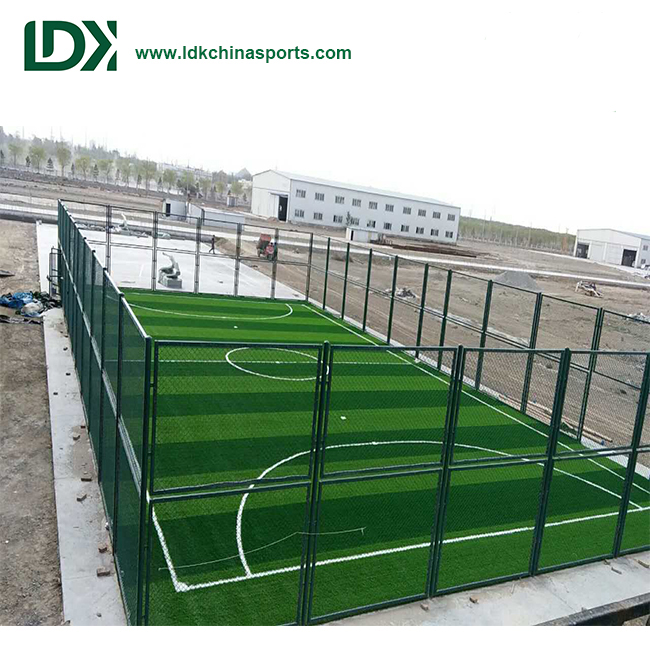
04. Ball bouncing with both feet and instep:
Swing your feet forward and upward, hit the ball with your instep, fix your ankle joint, and hit the lower part of the ball. Both feet can alternate hitting the ball, or one foot can support and the other foot can hit the ball continuously. When hitting the ball, apply even force to keep it under control around the body. Inner and outer foot juggling: Lift your legs and bend your knees, swing your inner or outer feet upwards, and hit the lower part of the ball alternately with the inner or outer sides of your feet. Thigh juggling: Lift and bend your legs, use the middle and front part of your thigh to hit the lower part of the ball upwards. You can alternate between hitting the ball with your legs or use one foot as support to hit the ball continuously with the other thigh. Head bouncing: With both feet apart and knees slightly bent, use the forehead to continuously hit the lower part of the ball. When heading the ball, keep your eyes fixed on the ball and open your arms naturally to maintain balance. Continuous juggling of various parts: According to the above single juggling technique, use various parts to cooperate with continuous juggling. The more parts that cooperate, the greater the difficulty. The areas where the ball is hit include the instep, inner and outer sides of the foot, thighs, head, chest, shoulders, etc.05. Stop the ball in place. Correct posture:
(Remember to make sure the contact area with the ball is as wide as possible to reduce buffering difficulty) Chest: Facing the ball, use the thickest muscles on both sides of the chest as the stopping point. At the moment of contact with the ball, quickly tilt back from the waist to form a buffer, and the ball will definitely pop out. Then immediately adjust your body to regain control of the ball as quickly as possible. Thigh: Facing the incoming ball, the thigh is slightly lifted. At the same time as it touches the ball, the hip muscles drive the thigh to retract. The foot that stops the ball lands on the ground, buffering the kinetic energy of the ball. Try to control the ball in the direction of the foot that stops the ball, so that the foot that stops the ball can quickly land and chase after the ball. Inner instep, top of the foot, outer instep: The principle is the same as above. When stopping the ball, be sure to follow the direction of the incoming ball and make a buffering action.

06. Shooting forward action:
The forward movement of kicking requires the kicking leg to continue swinging forward and sending the hip at the same speed as when the foot touches the ball. The ball is an elastic body, and when kicked with the foot, the foot and the ball do not touch and leave immediately, but rather pass through a very short period of time. Support: Support refers to the movement of supporting the strength of the foot, stepping method, toe direction, and maintaining body balance during kicking. Its main function is to move the center of gravity of the body, maintain body balance, and enable the kicking legs to coordinate and exert force. The position of the supporting foot refers to the distance between the supporting foot and the ball. The position of the supporting foot is closely related to the coordination of kicking operations, the accuracy of the foot's contact with the ball, and the height, performance, and strength of the kicked ball. Tip direction: When supporting foot pedaling, the tip direction should generally be consistent with the direction of the ball. In order to align the body with the direction of the ball when kicking it; Make the kicking leg swing back and forth naturally. At the same time, it has a direct impact on the swinging speed of the kicking leg, the magnitude of the hitting force, the accuracy of the hitting direction, and the balance of the body.The correct attitude is the foundation of football training
Training first depends on your attitude. The training of basic skills is very boring and monotonous, and you need to take it seriously to experience and gain something. Do not aim too high, have high goals but low skills. It is recommended that you do not ignore basic skills. First, practice basic skills well before considering those Bayesian curves, elevator balls, and fancy movements. How many times can you use those things in a game? How many times can you achieve your goal with it? There are still many basic functions such as transmitting and stopping shots.
More LDK football product recommendations:
Football Cage
Futsal Goals
Metal Football Goal
Aluminum Football Goal
Foldable Football Goal
Portable Football Goal
Mini Football Goal






